 |
SRGC Bulb Log Diary |
| Home Recommend This Site To A Friend |
|
BULB LOG 20 14th May 2003
Time always seems to fly past, it is hard to believe that this is Log 20, it does not seem that long since I did the first log in early January, then I look through my picture files and see how many bulbs have flowered since then and I start to get a sense of the time that has passed.
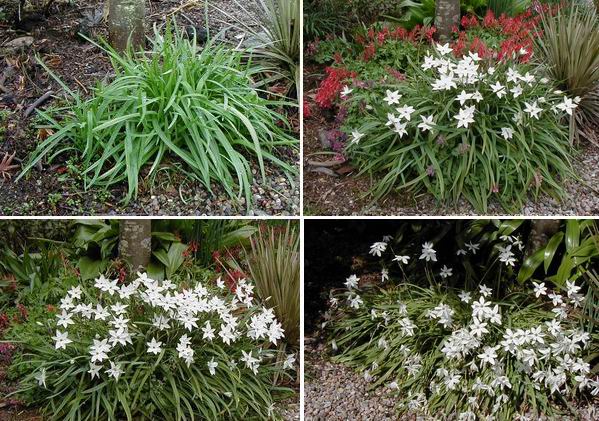
Ipheion 'Alberto Castillo' compare I first showed you a picture of Ipheion 'Alberto Castillo' leaves in mid January (log 3), in early April (log 15) it can be seen with corydalis , then (bottom left) later in April and at its' peak flowering and then this week still flowering away (bottom right). This is what I call a good value bulb for a sunny well drained spot in the garden. 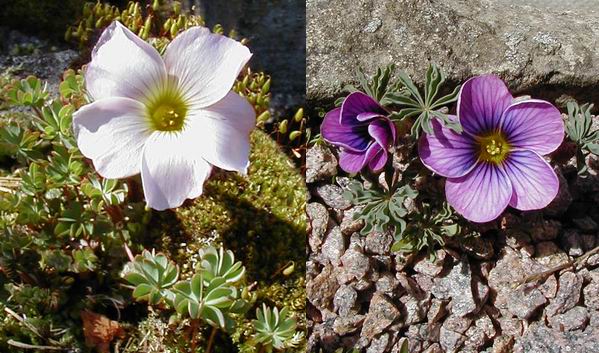
Oxalis enneaphylla & laciniata Still on South American bulbs some of the oxalis have just started to flower in our troughs. On the left is Oxalis enneaphylla minutifolia a lovely wee bulb most suited to troughs and raised beds. Harold McBride raised this beautiful dark form of Oxalis laciniata which we also grow in a trough. Both these plants do well in pots if you are looking for bulbs for the summer shows. 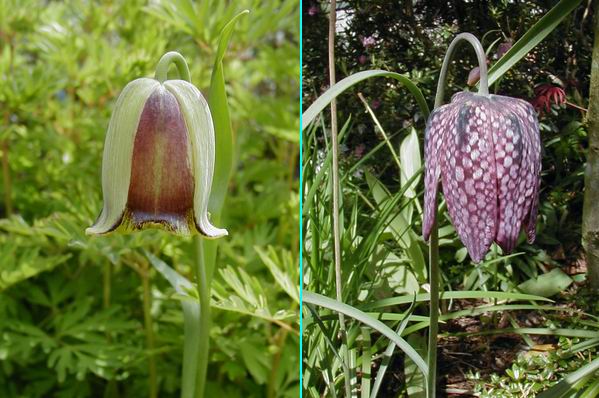
Frits acmopetala & meleagris A few frits are still in flower in the garden here are two of the easiest species to naturalise. Fritillaria acmopetala has been in cultivation for a very long time and increases well by both seed and the many rice grains that are produced on the old bulb. I have a theory that if you grow frits in pots for long enough, no matter what they start out as, they all eventually turn into F. acmopetala or hermonis amana. The warning is never reuse the potting mix or the top dressing when repotting frits, we recycle our potting mix by using it to plant rotted cuttings of other rock plants. Frit. meleagris is one of the very best of frits and when happy will gently seed itself around. 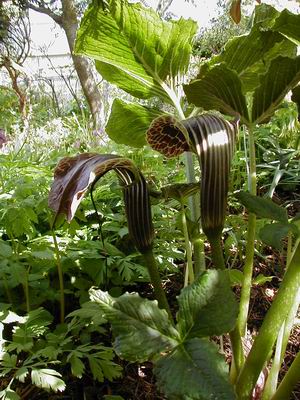
Arisaema griffithii The well-named cobra lily, Arisaema griffithii, is doing its' snake charmer thing and looking just like a cobra rising from a basket. It has settled down very well in our garden, the original bulb is slowly increasing and flowering each year and setting seed. 
Paris x2 Some of the many recently introduced Paris species also enjoy the cool woodland conditions that our garden provides, I have yet to tackle the correct naming of them. 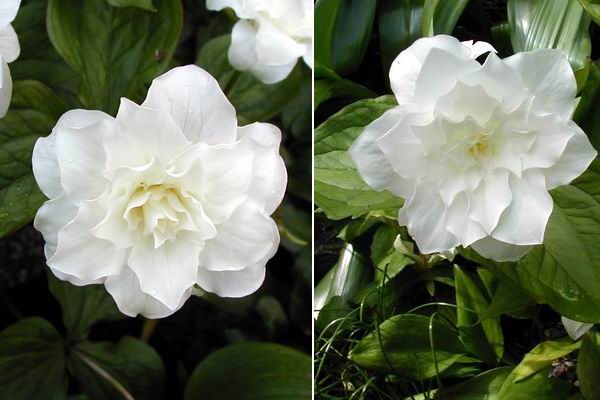
Trillium grandiflorum double x2 Staying with the woodsy theme here are two forms of Trillium grandiflorum. There are many variations of this delightful plant all are eagerly sought after and because they are slow to increase they are always going to be expensive plants to obtain. 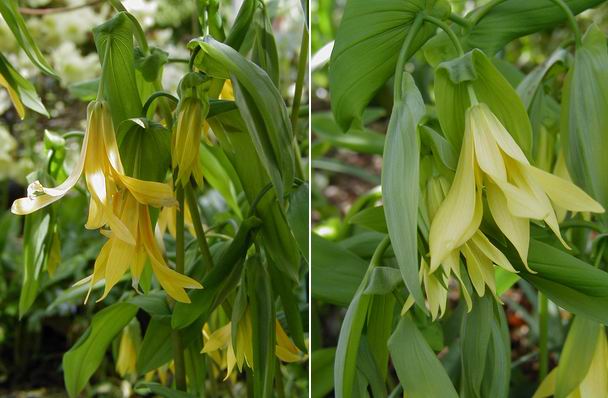
Uvularia grandiflora x2 From the woodlands of North America another reliable plant, while not strictly speaking a bulb but it does enjoy similar growing conditions and it has a bulbous type growth cycle, Uvularia grandiflora. Illustrated are the two forms that we grow that only vary in the hue of the yellow, one is egg yoke and the second is much paler. 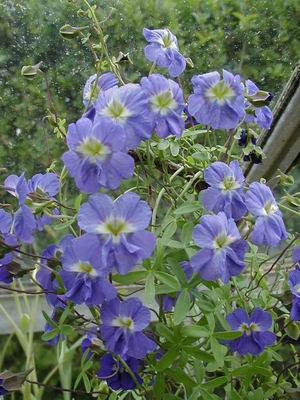
Tropaeolom azureum In the bulb house Tropaeolom azureum is in flower. This is one of these frustrating plants that can be very awkward in cultivation sometimes not producing any growth for years. We now treat it like most of the bulbs we grow in pots, water well in September then keep moist, growth usually appears in November, watering is increased as the plant growth accelerates in Spring and additional liquid feeding is provided while it is in flower. Repotting is done every two to three years as soon as the seed is set in late May/June even before the growth has completely died down. New roots can start forming as the old foliage dies back and if you disturb these the plant will take the huff and stay dormant for a year or two. Never let the plant completely dry out in the Summer. This plant was from John Watson seed P&W6055 collected and sown in 1989. 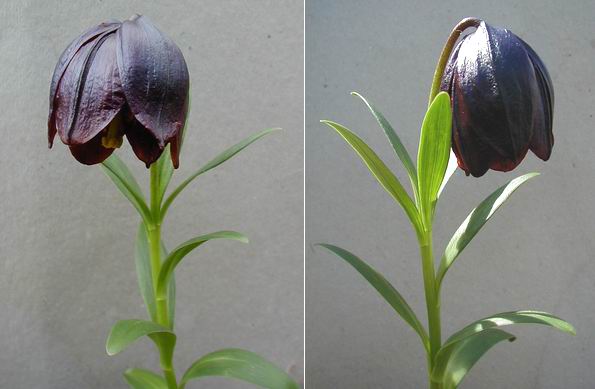
Lilium souliei x2 We had a great surprise while showing some friends round the garden last week when in a corner of a frame I noticed a dark flower, it was Lilium souliei from the AGS ACE collection sown in 1994 and flowering for the first time. I had stuck it in the corner of the frame as I had given up nearly all hope of flowering this fabulous dwarf lily. We had four germinate and then watched them dwindle over the years to one survivor which seemed to take one step forward and two steps back, it was well worth the wait. The two views are one day apart the one on the right being the first then the second day the flower had expanded even more (left). The gorgeous flower which smalls strongly of guava is a burnished dark mahogany brown outside and the same colour turns gradually into a yellow throat on the interior, all this on a stem of about 15cm high. I am pollinating it regularly and have my fingers crossed that it will set some seed for me. ^ back to the top ^ |